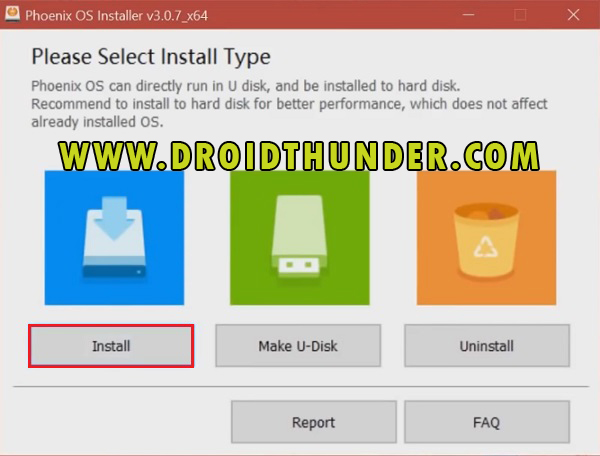
You can even access your Windows storage from within Phoenix OS which is quite a convenience. Therefore, Phoenix OS ships with pre-installed apps for Word, Powerpoint and Excel documents. This can be accessed in a Windows-like fashion via an icon in the bottom-right corner. Whenever you get a New Message, a small red light indicator will appear on the notification button by which you can get to know that you have pending notifications.Īlso read: How to Link Android to Windows PC for a More Seamless ExperienceĪ desktop experience means more productive experience and Phoenix OS is designed to give you one.

Phoenix OS can also be installed on a suitable USB storage device. The OS is quite well suited for dual booting as well as it uses code from both Android x86 and grub4dos boot management tool. It was intended for desktops and laptops with Intel Atom CPUs but will nevertheless run on almost any PC built in the past five years. Much like Remix OS, Phoenix OS optimises Android for use or larger screens with a mouse and keyboard instead of touch. But now that Jide has decided to stray away from the consumer market, our best bet is Phoenix OS. Remix OS was the closest to a desktop experience that you could get with Android. It was based on the Android x86 project, like every other project aimed at bringing Android to a desktop. If you haven’t been following, Remix OS is now dead.

There aren’t any resizable windows and all apps open in full screen which is okay for smartphones, not desktops. The best Android could offer in terms of multitasking is a split-screen view which only became a part of the OS last year with Android Nougat. But the problem with Android on a desktop is, it is not meant for it.

That is what gave birth to the Android x86 project which has been around since 2009, in case you’ve never heard of it. With the ever rising popularity of Android on smartphones, you’re not alone when you wish Android was available on desktops as well.


 0 kommentar(er)
0 kommentar(er)
